7 Best Use Cases of a HRIS Information System in 2025!
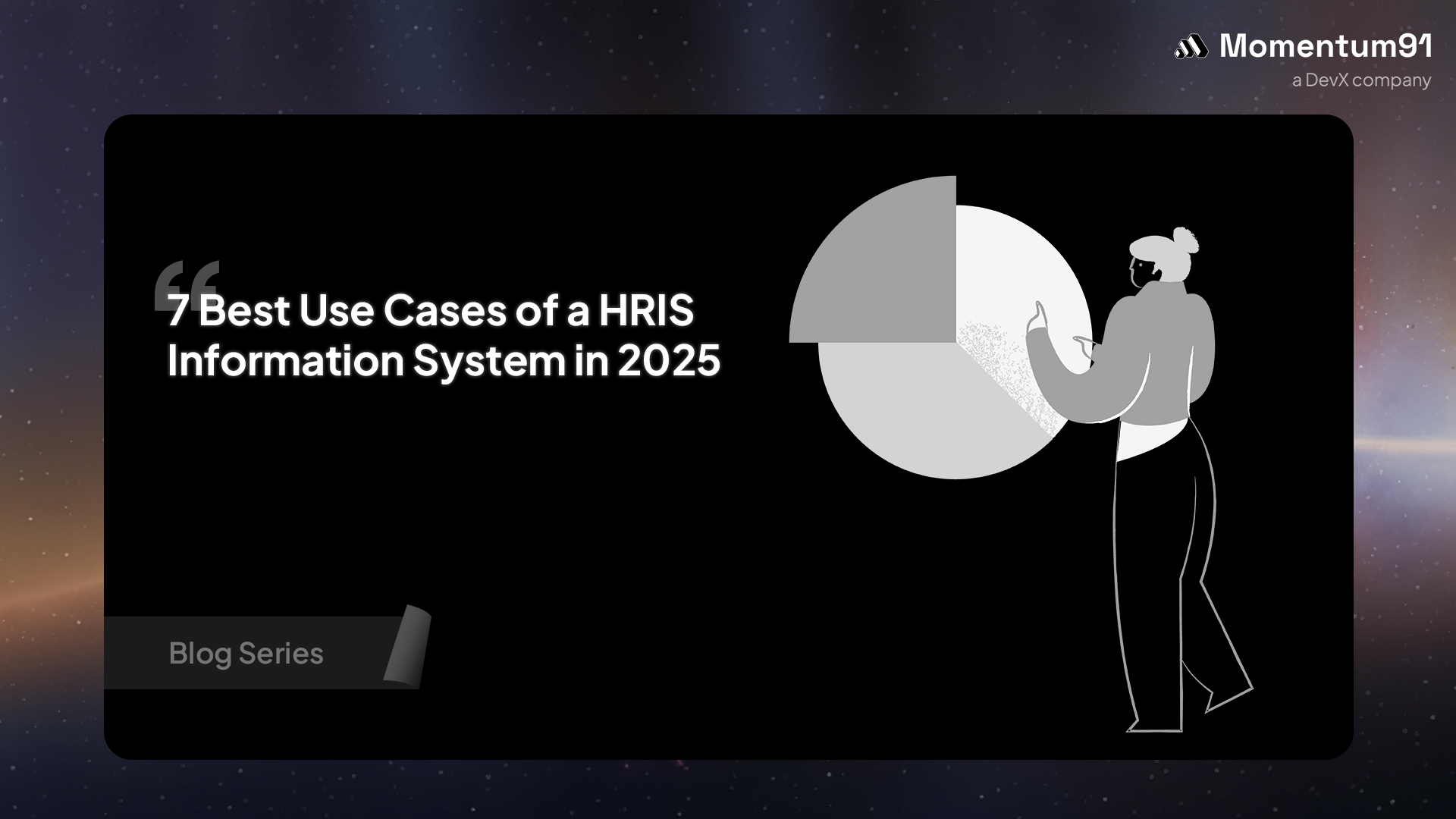
HR teams across the U.S. face mounting pressure in 2025. Hybrid work, high turnover, and compliance requirements keep professionals buried in repetitive tasks. Reports show that HR staff still spend nearly 60% of their time on manual work instead of improving retention or culture.
That’s where a HRIS information system makes a difference. This software replaces spreadsheets and disjointed tools with one secure platform for employee data management, payroll processing, and benefits administration. The demand for human resources information software is increasing fast as businesses seek automation and accuracy.
A modern HRIS system helps you save time, reduce errors, and make data-driven decisions. Companies like Momentum91 help integrate these systems globally, connecting local and international teams under one efficient framework.
The 7 Most Valuable Use Cases for a HRIS Information System
Many U.S. companies get lost in the mix of HR software terms, so let’s make this simple. A HRIS information system is the main hub that manages your workforce data from hiring to payroll. It gives HR teams one reliable place to handle employee data management, payroll processing, and benefits administration without juggling multiple tools.
HRIS vs HRMS vs HCM
HRIS: focuses on the basics of HR — keeping records, managing pay, and tracking benefits.
HRMS: adds extra features such as recruiting and onboarding to support the entire employee lifecycle.
HCM: goes further by including performance management and long-term workforce planning.
When people ask what a HRIS system is, the answer is straightforward. It’s the foundation of your HR operations that keeps information accurate, processes running smoothly, and compliance under control.
The 7 Most Valuable Use Cases for a HRIS Information System
Use Case 1: Automating Payroll and Time Tracking
Managing payroll manually often leads to missed entries and payment delays. A HRIS information system solves that by connecting time and attendance tracking directly to payroll processing. This automation keeps everything consistent, accurate, and audit-ready.
Here’s how it works. When an employee clocks in through a mobile app, the HRIS system automatically records their hours, applies overtime rules, and sends the data straight to payroll. Managers can approve shifts and payments in minutes, without spreadsheets or email chains.
For example, a logistics company in Texas replaced its old punch-card setup with human resources information software. They reduced payroll errors by 30% and cut weekly processing time from eight hours to one.
By combining employee self-service, HR compliance, and payroll data in one place, the HRIS information system helps HR teams save time, avoid penalties, and build employee trust.
Use Case 2: Empowering Employee Self-Service
Most HR teams spend hours answering small, repetitive questions — like “Can I get my last payslip?” or “How much PTO do I have left?” A HRIS information system changes that through employee self-service. It gives staff direct access to the information they need without relying on HR for every update.
Here’s how it works. Employees log in to a secure HRIS system portal to:
- View or download paystubs
- Submit PTO requests
- Update personal details like address or bank account
- Check benefit options or tax withholdings
In one case, a manufacturing company introduced human resources information software and cut HR inquiry emails by nearly 60%. Employees appreciated the transparency and faster responses.
By combining HR automation, employee data management, and self-service tools, the HRIS information system creates smoother workflows and higher employee satisfaction.
Use Case 3: Streamlining Benefits Administration
Open enrollment often overwhelms HR teams with paperwork and errors. A HRIS information system simplifies that entire process by automating benefits administration from start to finish.
Here’s how it works. Employees log into their human resources information software portal to compare health insurance, dental, or 401(k) options. They can select their preferred plans, view costs in real time, and confirm enrollment instantly. The HRIS system then syncs all data with payroll to apply accurate deductions and updates carrier records automatically.
For example, a mid-sized healthcare company replaced manual enrollment forms with digital benefits management inside its HRIS information system. This reduced enrollment errors by 40% and saved the HR team nearly a week of follow-up time.
By combining HR compliance, employee self-service, and secure data handling, the HRIS information system keeps benefits simple, accurate, and transparent for everyone involved.
Use Case 4: Creating a Seamless Recruiting and Onboarding Workflow
Recruitment and onboarding often break down when data sits in disconnected systems. A HRIS information system brings everything together, from job posting to first-day paperwork, inside one unified platform.
Here’s how it works. The human resources information software includes an integrated recruiting and onboarding module. HR teams can post job openings, track candidates, and send offer letters with e-signatures. Once a candidate accepts, their details automatically flow into the HRIS system for payroll setup, benefits enrollment, and access provisioning.
For example, a SaaS startup using a cloud-based HRIS information system reduced onboarding time from three days to just a few hours. All forms, from tax documents to policy acknowledgments, were completed online before day one.
This automation streamlines hiring, improves employee data management, and gives new hires a smooth first experience.
Use Case 5: Tracking Performance and Development
Annual reviews no longer meet today’s expectations. Employees want consistent feedback, and managers need clear data to support growth. A HRIS information system makes that possible by centralizing performance management and development tracking in one place.
Here’s how it works. Managers and employees use the HRIS system to set goals, share feedback, and record achievements throughout the year. The platform tracks progress automatically, offering insights into performance trends and training needs.
For instance, a marketing agency implemented human resources information software with built-in feedback tools. They replaced long yearly reviews with quarterly check-ins and saw a 20% increase in goal completion rates.
By connecting HR analytics with employee self-service, the HRIS information system gives both HR and leaders a clear view of growth, productivity, and promotion readiness.
Use Case 6: Centralizing Compliance and HR Reporting
HR compliance can be stressful when records are scattered across spreadsheets and folders. A HRIS information system changes that by keeping every compliance document and report in one secure, organized platform.
Here’s how it works. The HRIS system stores all key files such as I-9s, W-4s, certifications, and policy acknowledgments under employee data management. It tracks mandatory training, monitors expiry dates, and generates reports like EEO-1 or OSHA in a few clicks.
For example, a construction firm adopted human resources information software to handle multiple compliance audits each year. They reduced audit preparation time from two weeks to two days by having all data instantly available.
By combining HR reporting, HR automation, and HR compliance tools, a modern HRIS information system keeps every document, deadline, and update accurate and audit-ready.
Use Case 7: Unlocking Strategic HR Analytics
A HRIS information system helps HR teams make smarter, faster decisions. Instead of relying on guesswork, they can use built-in HR analytics to understand what’s really happening across the workforce.
Here’s how it works:
- The HRIS system gathers data from payroll, time and attendance tracking, and performance management modules.
- Dashboards display key metrics such as headcount, turnover rate, cost-per-hire, and pay equity.
- Predictive insights flag issues like low engagement or rising overtime before they become serious problems.
For example, a fintech company used human resources information software to identify high attrition in one department. The data showed a pattern of limited career growth, helping leaders fix it through focused training.
By merging HR reporting, HR compliance, and employee data management, the HRIS information system transforms HR analytics into a strategic advantage.
How Momentum91 Can Help You build Your HRIS Information System
Momentum91 combines deep AI, development, and design expertise to help you scale your HRIS information system quickly and efficiently. With eight years of experience, a global presence across 25 centers and 11 cities, and a network of 13,000+ professionals, we build embedded, full-stack teams that work like an extension of yours.
We move fast, with 95% of HRIS system integrations going live in under five weeks. From pilot builds to complete rollouts, we cover every stage, including software development, system integration, and UX optimization.
Key strengths:
- AI-Driven Efficiency: Every human resources information software integration is built for speed and accuracy.
- End-to-End Delivery: From design to deployment, Momentum91 manages all aspects of HRIS information system development.
- Scalable Teams: Dedicated offshore experts operate seamlessly within your structure.
Momentum91 helps global businesses simplify HR processes and scale confidently through intelligent, connected systems.
Conclusion
Many businesses still treat their HRIS information system as a basic record-keeping tool. They face slow approvals, data errors, scattered employee data management, and compliance issues that pile up during audits. HR teams spend more time fixing spreadsheets than improving people strategies.
These gaps create bigger risks. Delayed payroll, frustrated employees, and missed legal deadlines can cost thousands in penalties. Even worse, inconsistent data keeps leadership blind to real workforce trends.
Momentum91 changes that. We integrate advanced human resources information software with automation, HR analytics, and smart reporting so you never lose track of what matters.
Connect to Momentum91 today to modernize your HRIS information system, automate your HR processes,
FAQs
1. What is the main purpose of a HRIS?
The core purpose of a HRIS information system is to centralize employee data management. It automates daily HR tasks like payroll processing, time and attendance tracking, and benefits administration, ensuring data accuracy, faster approvals, and better decision-making. This reduces administrative load and allows HR teams to focus on strategy and employee engagement.
2. What’s the difference between HRIS and HRMS?
A HRIS system manages foundational HR operations such as payroll, benefits, and HR compliance. An HRMS expands these functions with recruiting and onboarding, performance management, and learning tools. Both are parts of modern human resources information software, helping businesses automate, track, and optimize every stage of the employee lifecycle efficiently.
3. Can a HRIS handle payroll?
Yes. A HRIS information system automates payroll processing by syncing attendance data, deductions, and pay rates. It ensures accurate salary calculations, automatic tax updates, and real-time reporting. With integrated human resources information software, payroll runs seamlessly, improving compliance, reducing manual work, and guaranteeing employees are paid correctly and on time.
4. How does a HRIS improve compliance?
A HRIS information system simplifies HR compliance by securely storing I-9s, W-4s, and certifications. It tracks mandatory training, monitors deadlines, and generates HR reporting for audits like OSHA or EEO-1. This automation reduces human error and helps HR maintain consistent, transparent, and legally compliant operations with minimal effort.
5. Is HRIS the same as human resources information software?
Yes. The terms describe the same platform. Human resources information software powers the HRIS system, which manages everything from employee self-service and payroll processing to HR analytics and benefits administration. It acts as the single source of truth, connecting people, data, and processes across every HR function.
The inbox update you’ll never want to skip
A quick catch-up with ideas, wins, and tips worth stealing, straight to your inbox every week.
The easiest way to reach us.
Share your details and we’ll get back within 24 hours.
Blogs
A plethora of insights,all in one place
From strategy to execution. All the big ideas, practical guides & fresh perspectives that’ll help you scale with confidence
Ebooks
Comprehensive guides that break down the shifts in business and technology, Helping you lead with clarity.

Office Hours
Your direct line to our experts. Practical advice for scaling, right when you need it.

Reports
Data-backed perspectives on where industries are headed, giving you the foresight to make bolder moves.
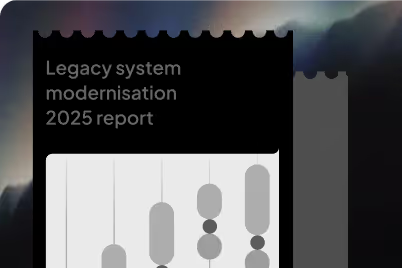
Newsletter
A quick catch-up with ideas, wins, and tips worth stealing, straight to your inbox every week.
.avif)
Podcasts
Conversations where you get to know everything from the ones who know it best.
.avif)
Your Offshore Development Center, Done Right
Access top-tier global talent, enterprise infrastructure, and complete regulatory compliance through our proven model.
Start Now




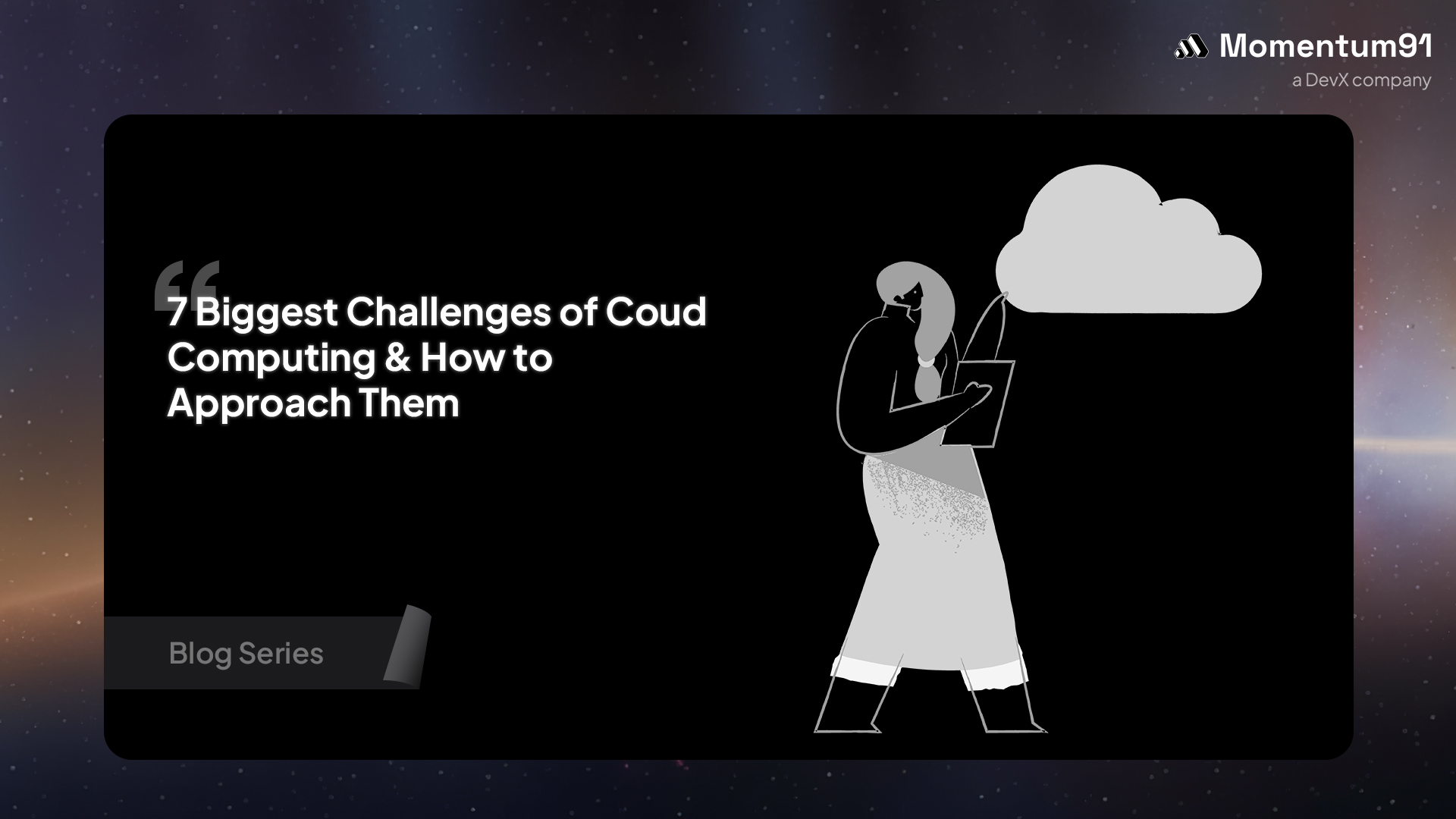
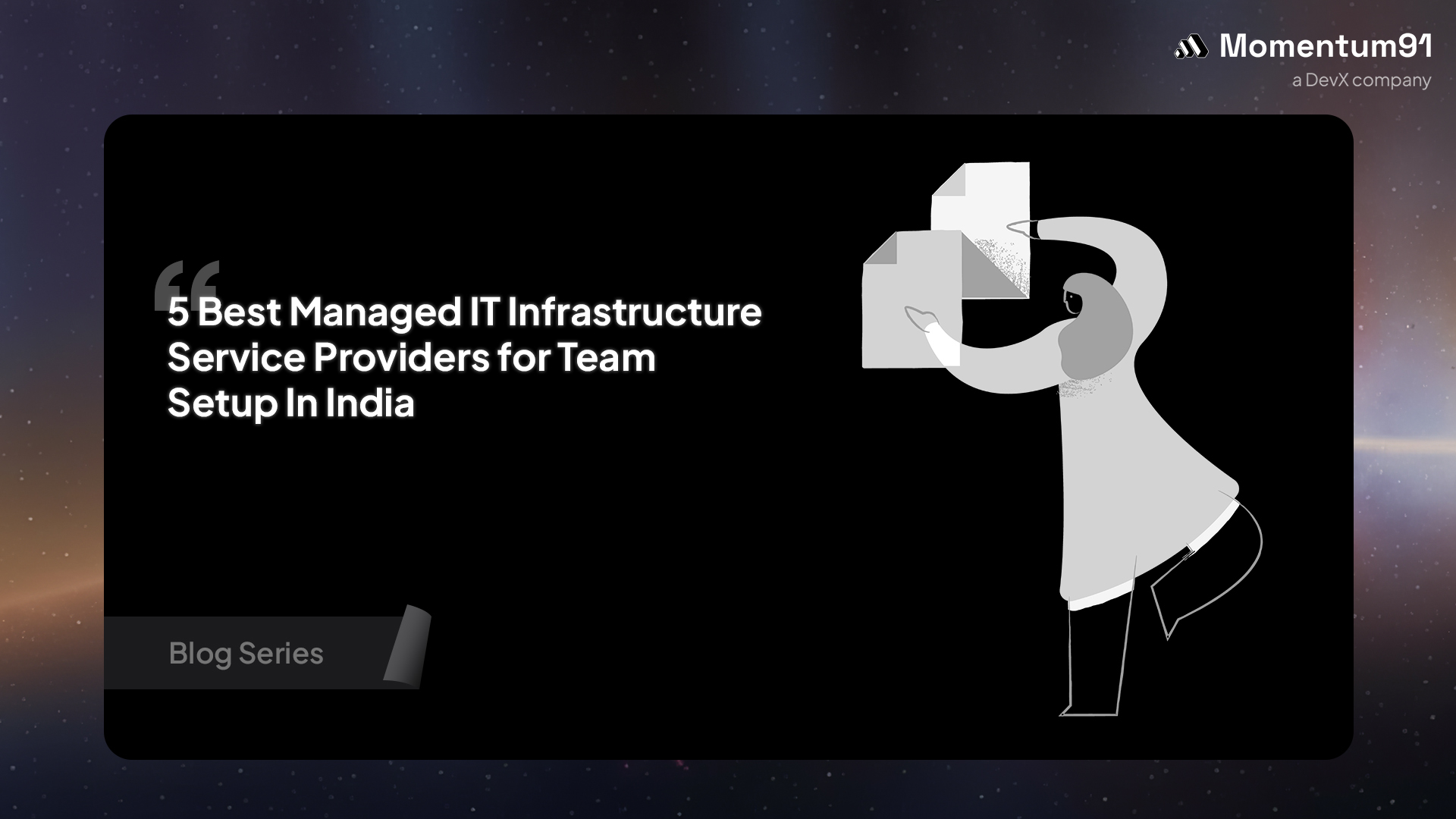
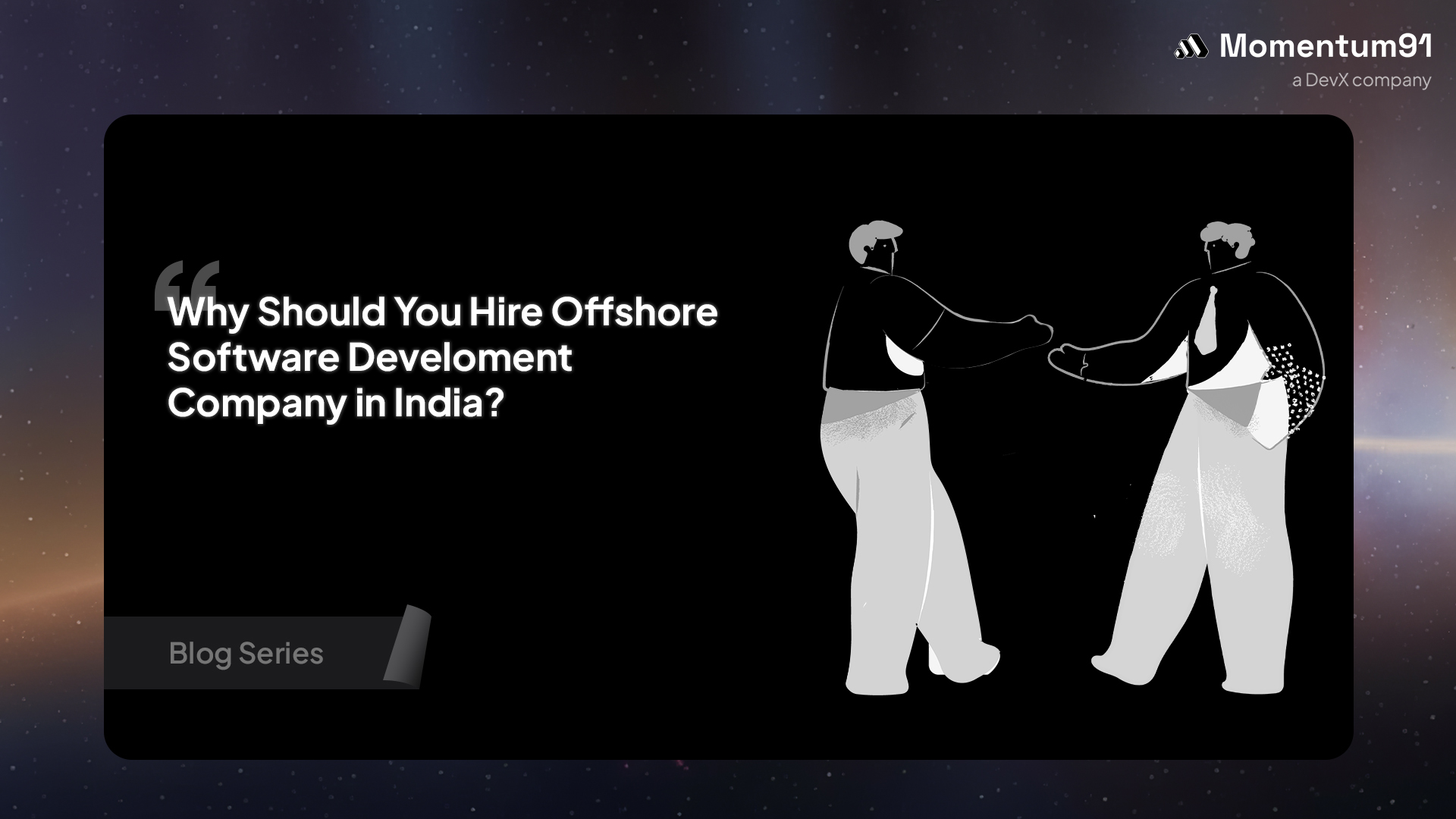
.jpg)
